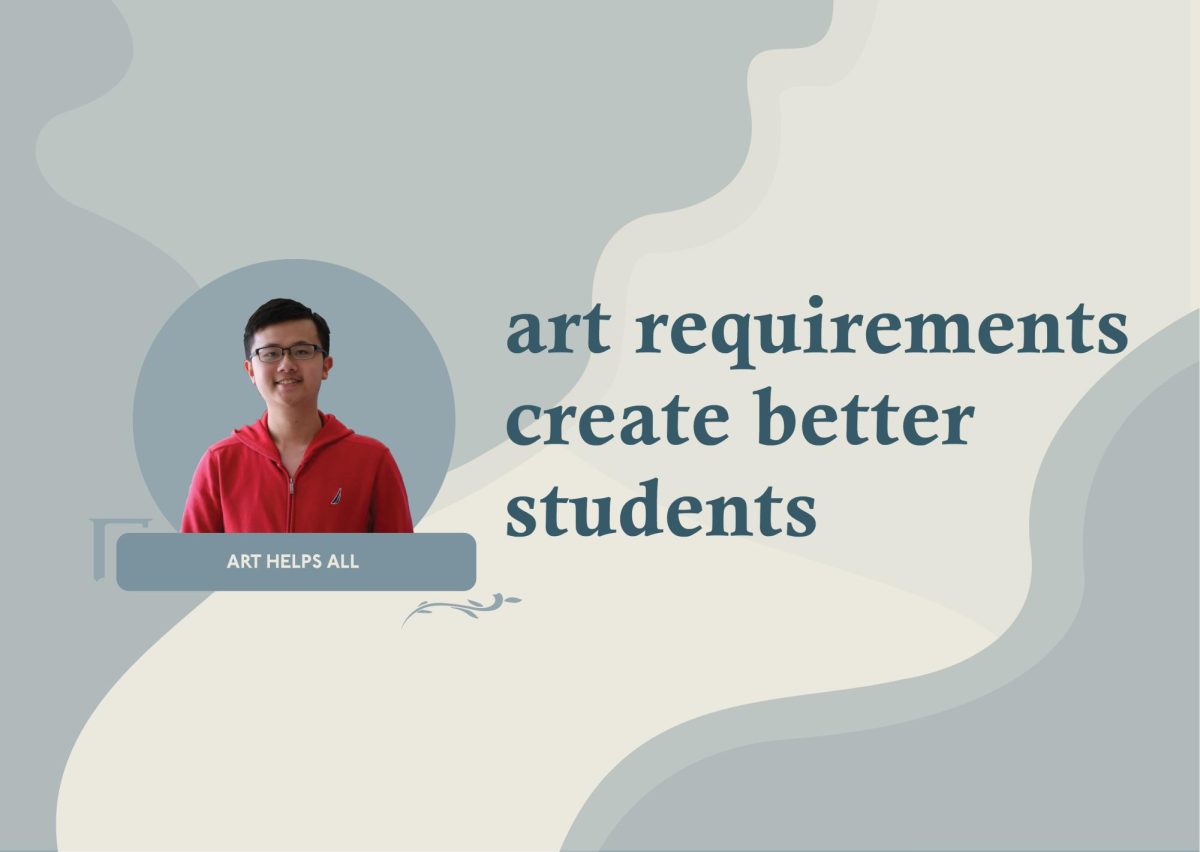I wouldn’t consider myself to be a very artsy person. However, by the end of this school year, I will have taken six semesters of art credits in high school. However, in Indiana high schools, only two art credits are required to graduate with an Academic Honors degree. No art credits are required for graduation with the Core 40 or Technical Honors degree.
When I heard that the Indiana Board of Education was in the process of revamping high school degrees, I thought this would change. However, the proposed diploma completely removes arts credits as a requirement. This means that many Indiana students, and by extension students at this school, are missing out on the many benefits to taking even one credit worth of a high school art class, which I believe should be the minimum requirement.
First of all, students with art credits tend to perform better academically in their other classes. According to a study of Houston public schools by Rice University and the Houston Education Research Consortium, art classes can improve students’ writing, discipline and engagement all without dropping the standardized test scores that schools fight so hard to keep up. But why does art help students excel in other subjects?

This is because art trains transferable skills which make it applicable to a wide range of topics. In a drawing or painting class, the importance of careful planning is emphasized. In a music class, the value of constant, daily practice is repeated every single day. In a communications class, students learn how to interact with people far outside their friend group. In my personal experience, working for the HiLite has meant professionally contacting teachers, administrators, and city officials while working around strict deadlines. It is easy to see how these skills would be useful in an English class, where students plan group presentations, or a math class where students practice concepts repeatedly to obtain mastery. Requiring one semester of art would not distract students from their academic goals, but instead boost them in a helpful way.
Secondly, art requirements make students more receptive to civic engagement and opposing perspectives. According to a University of Illinois at Chicago study, being exposed to the arts can make students more socially tolerant and active in their communities. Art, music and communication are universal concepts. By exploring the art and music of other cultures, students gain a more balanced worldview. When a TV student conducts research or a newspaper student completes an interview, they learn new information and understand the opinions of others. In a period of American history where every topic seems politically polarized, it is increasingly important to be empathetic, a goal that requiring an art class can assist with.
Lastly, art classes give students a time and place to be ourselves without external judgment. In elementary and middle school, we were all in an art or music class, even if only for nine weeks. We were given a chance to express ourselves creatively, even if we weren’t artistically talented. Now that we are in high school, the lack of an art requirement tells us that schools don’t believe having a creative environment is necessary. Sometimes, we question how all of our creativity and enthusiasm has been replaced with our phones. If we had art classes again, perhaps we would be able to regain some of the curiosity of our youth. The state, and more specifically this school, would benefit from reconsidering their stances on art as a requirement.


